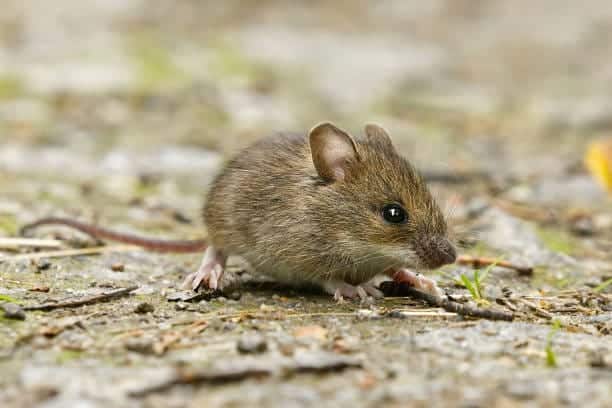Understanding the difference between mice and rats is vital when addressing a rodent issue. Homeowners often face the challenge of distinguishing these common rodents. Knowing the difference between mice and rats helps when planning rodent control and rodent removal strategies.
Both rats and mice show distinct behaviors, physical characteristics, and signs—right from droppings to nesting habits. With the right information, you can spot these pests early and take control before the problem gets out of hand. If you want to take steps to keep mice outside of your home, check out our tips to keep mice out.
Recognizing Common Rodents
Rats and mice are among the most common pests in homes. These rodents breed quickly and can slip in through tiny entry points. Their presence is often indicated by droppings near food storage. For more information about these pests, you can visit our pages dedicated to mice and ants.
A house mouse is considerably smaller than a rat. While an adult mouse has a delicate body with a long slender tail, rats typically have long tails that are thicker and scaly. These physical characteristics set them apart and help you recognize the difference between mice and rats.
Both species leave droppings as evidence. Mouse droppings are tiny and pointed, whereas rat droppings are larger and often capsule-shaped. These signs can help you decide on the appropriate pest control measures.
Physical Characteristics Matter
Observing physical characteristics is key when comparing mice and rats. One of the key differences is in their body length. Rats usually measure 6-10 inches, while mice often measure just 2-4 inches. This size difference makes a huge impact on how you approach rodent problems.
Thin tails are another giveaway. Rats sport long tails that are visibly thicker, while a house mouse’s tail is long and more delicate. The presence of rat tails versus thin tail features is one of the most distinct differences between mice and rats.
Behavioral cues also assist in identification. Rats tend to be bolder and sometimes even aggressive. In contrast, mice tend to be more cautious and are known to be good climbers in search of food. The FSC offers a helpful Land mammals guide for additional identification resources.
Comparing Behavioral Differences
Not only do the physical traits differ, but the behaviors of mice and rats also vary significantly. Rats and mice show behavioral differences from the moment they enter your home. Rats are known to roam larger areas and are less afraid of humans, while mice tend to hide in corners and along walls.
These common rodents also differ in their approach to food. Rats prefer larger grain and are more likely to cause extensive damage to stored items. A house mouse, on the other hand, will nibble lightly. Such behavioral differences help pinpoint the biggest difference between mice and rats.
Observing these traits over time gives you clues to what pest control strategies might work best. With the right information, you can curb their droppings and even prevent electrical damage caused by gnaw marks.
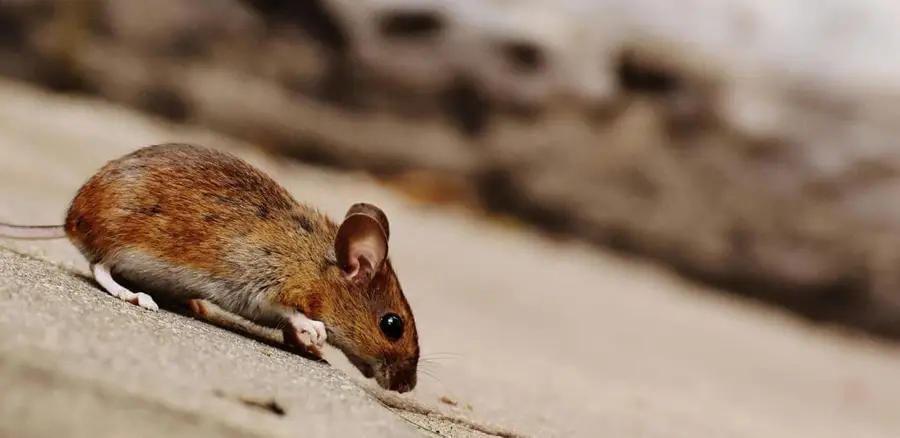
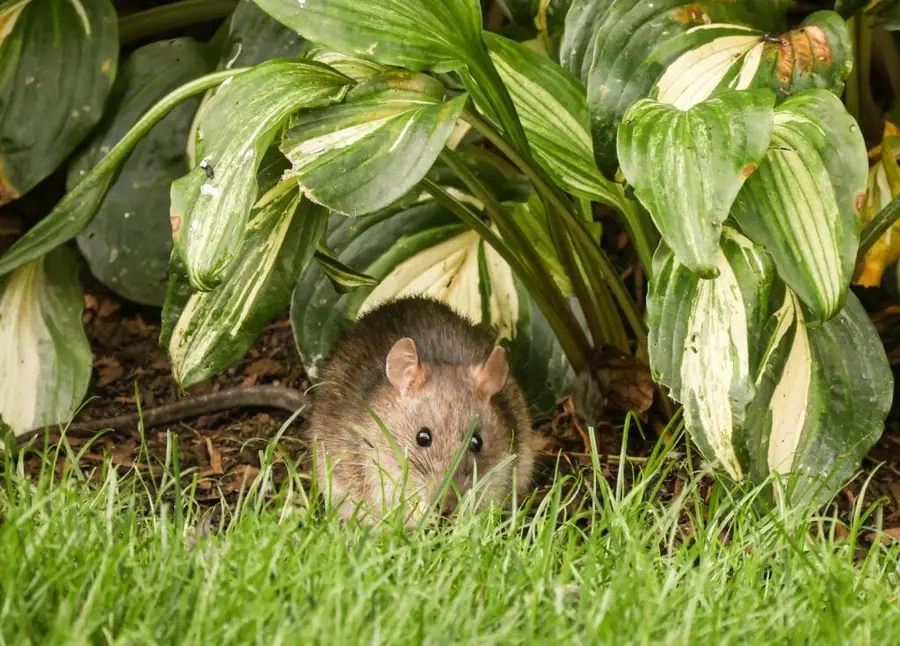
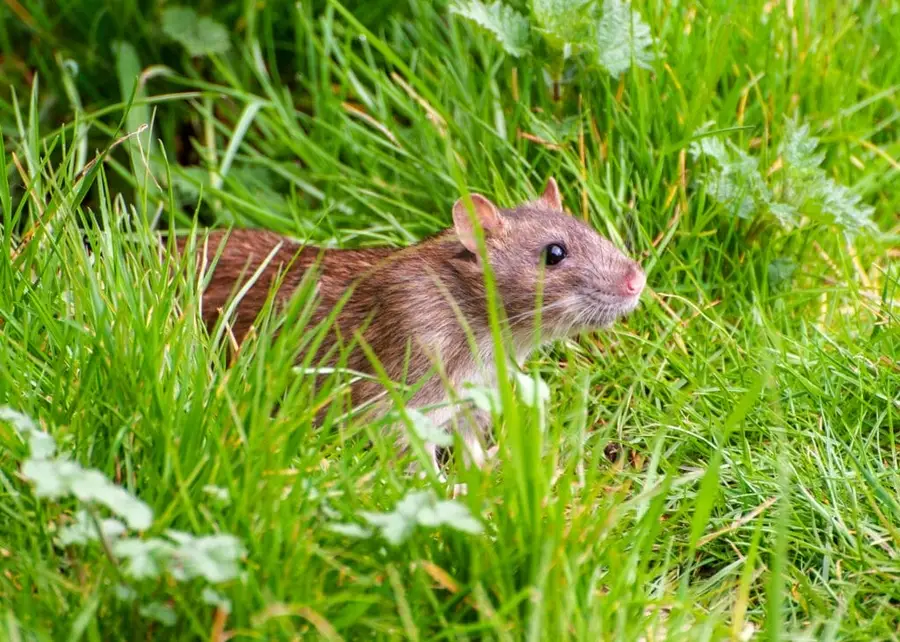
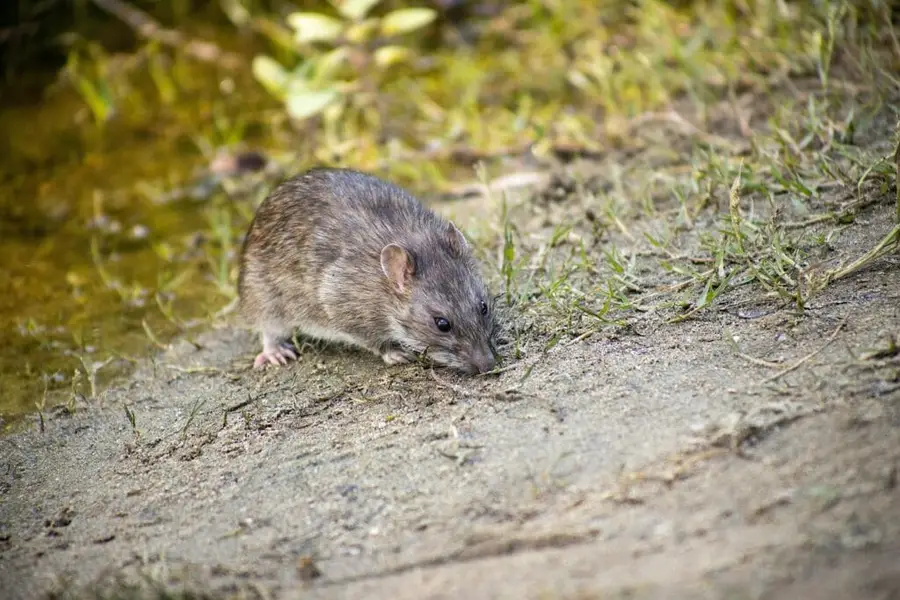
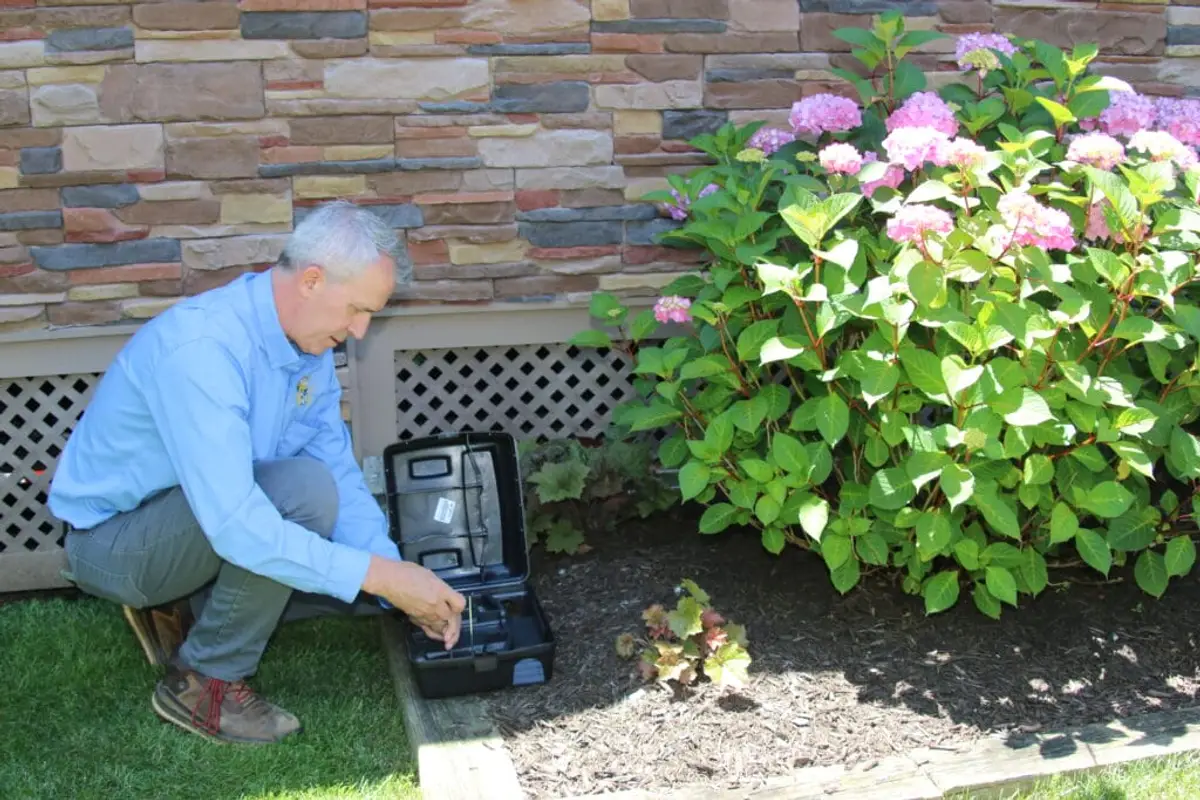
Nesting Habits and Entry Points
Nesting habits clearly illustrate the difference between mice and rats. Both species build nests, yet they do so differently. Rats often build robust nests in secluded, dark areas such as wall voids. Meanwhile, a house mouse prefers cozy corners near food sources.
Entry points are also crucial. Even a small gap can invite a house mouse, while rats are known for squeezing through larger, but still tiny, openings. They also tend to use gaps near electrical wires as paths into your home.
Rodent droppings near suspected entry points help determine the level of activity. Rat droppings will be noticeably larger than mouse droppings. When you find droppings near these entry areas, it is a clear sign of a rodent issue.
Food Sources and Attraction
Food is the number one attractant for both mice and rats. They are drawn to easy food sources and will scurry into your home if they find a snack. Observing where food is left out can provide important clues about which common rodents are causing trouble.
Rats prefer abundant food sources such as uncovered garbage and pet food. They can wreak havoc by contaminating food supplies with rat droppings. In contrast, a house mouse looks for smaller amounts of food and is quick to dart out once spotted.
Proper storage and cleanliness in the kitchen are crucial to minimize these attractions. Keeping food sealed can help reduce droppings and deter both rats and mice.
Inspecting Droppings for Clues
Droppings are one of the simplest indicators of rodent activity. Both rat droppings and mouse droppings are visible signs of a rodent problem. However, there are distinct differences between them that point to the difference between mice and rats.
Mouse droppings are tiny, usually about 1/4 inch, and pointed at both ends. In contrast, rat droppings are larger—around 1/2 inch—and capsule-shaped. Notice where these droppings are found; they often cluster near entry points or along walls.
Seeing multiple droppings scattered in one area could mean you are facing a rodent infestation. Act quickly with Pest Control Services to curb the spread before it worsens.
The Role of Rat Tails
Rat tails play an important role in identifying the biggest difference between mice and rats. Look for long, sturdy tails that are visibly different from the thin, delicate tails of a house mouse. Often, these long tails provide the clearest physical clue.
Many homeowners miss the importance of rat tails when inspecting for signs of pest problems. Rat tails, along with rat droppings, are a sure indicator that your pest control efforts may need to be more aggressive.
Always compare physical evidence carefully. With focused attention, the physical differences, including long tails and rat bite fever signs, can help in planning effective rodent removal.
Preventing Rodent Problems
Prevention is a critical part of managing both mice and rats. Sealing all possible entry points reduces the risk of these pests entering your home. Professional pest control teams advise that even a gap around electrical wires can be a gateway for common rodents.
Homeowners can take simple measures like installing door sweeps and repairing cracks in walls. These actions help keep both rat droppings and mouse droppings at bay. Once an entry point is fixed, it becomes much tougher for pests to create a repeat infestation.
Regularly inspect your surroundings and keep food sealed. Taking these proactive steps can drastically reduce the number of rodent problems in your home. If you are located near or in Alexandria, here are some things you should know about Rodent Control Alexandria.
Effective Pest Control Strategies
Pest control is key when tackling a rodent infestation. Working with highly trained professionals can make a big difference. They have the expertise to deal with both rat or mouse infestation and can quickly implement rodent removal methods.
A thorough inspection of the home is the first step. An expert will check for all signs of droppings, rat tails, and gnaw marks on your property. They then recommend the best treatment plan, ensuring that every aspect—whether it is a black rats issue or a minor mouse problem—is addressed.
Ongoing maintenance visits are part of effective pest control. This ensures that once you curb the initial rodent problem, it does not quickly escalate again.
DIY Methods vs. Professional Help
Some homeowners try DIY methods for rodent removal. While these approaches can work for minor issues, they rarely address the full range of behaviors horses in mice and rats. Professional pest control offers a more thorough and lasting solution.
DIY methods often miss the detail of droppings or the significance of rat droppings in hidden areas. Professionals use detailed inspections, checking each entry point and even electrical wires where rats prefer to chew. Their services cover the full scope of differences between mice and rats.
If you suspect a rodent issue, it is wise to consult an expert. The cost and effectiveness of professional treatment often outweigh the risk of DIY oversight.
Maintaining a Rodent-Free Home
Keeping your home rodent-free requires regular follow-ups. Pest control teams recommend periodic inspections to catch any returning mice or rats early. Early detection is crucial before minor signs escalate to a full-blown rodent infestation.
Regular cleaning helps remove droppings and reduce food sources. This simple step not only discourages the pests but also makes it easier for professionals to spot rat droppings. An organized home discourages the establishment of nests.
Homeowners who prioritize maintenance tend to see fewer rodent problems over time. With consistent efforts, you can enjoy a cleaner home free of rodent issues and the health risks they pose.
Comparing Physical Signs
When assessing common rodents, several physical signs stand out. The difference between mice and rats becomes apparent when you look at nest size, droppings, and even the nature of their tails. Detailed observations can point you in the right direction quickly.
Rat droppings are noticeably larger, and their long tails are a hallmark sign of their presence. In contrast, mouse droppings require closer inspection due to their small, pointed nature. Knowing the physical characteristics—like thin tail versus long tails—helps you decide on the right pest control strategy.
Regular checks will reveal if you have a different rodent issue each time. Keeping an eye on these signs can ensure that your efforts to reduce rodent droppings and other evidence are working.
Understanding Key Differences
The difference between mice and rats goes beyond just size. It includes behavioral differences that impact how they cause damage in your home. For instance, rats are more likely to cause extensive damage because of their large grain consumption and aggressive behavior.
The key differences also extend to droppings. Rat droppings serve as a red flag because they are large and frequent. Mouse droppings, although smaller, can also indicate a growing rodent issue if left unaddressed.
By understanding these key differences, you can better communicate with pest control experts. They can tailor treatments that address both rats and mice according to their distinct behaviors and physical traits.
Final Thoughts
Knowing the difference between mice and rats is the first step toward effective pest control. By observing physical features like long tails, droppings, and behavioral differences, you are better equipped to manage and prevent rodent problems.
Both rat droppings and mouse droppings are clear indicators for timely intervention. Early action can reduce the risk of a rodent issue escalating. Understanding these distinct differences helps tailor rodent removal solutions for your home.
If you notice signs of a rodent issue, don’t wait. Rodent Control services can quickly identify the specific pests involved and implement strategies that address the unique behavior of rats and mice.
Taking timely steps means fewer rodent problems and less damage to the property. Be proactive and ensure your home remains a place free from the hazards caused by these common pests.
Contact us today to speak directly with a highly trained technician. With over 57 years of experience in pest control, our team is ready to help you tackle the distinct challenges posed by mice and rats. Enjoy peace of mind knowing your home is being handled with care and attention. If you are located near or in Reston, here are some things you should know about Rodent Control Reston.
Understanding every detail—the difference between mice and rats—is the cornerstone of keeping your property rodent-free. From droppings to behavioral differences, measured steps and consistent maintenance can make all the difference.
Homeowners who act swiftly and choose professional pest control notice a dramatic improvement. Don’t let rat droppings or mouse droppings go unchecked in your home. Reach out now and let us help you maintain a rodent-free environment.
Every moment counts when you face a rodent problem. With proven solutions and clear, measurable results, our experts are ready to guide you through every step of pest control and rodent removal.
Stay informed and stay proactive. The clear difference between mice and rats ensures that, with the right approach, your home can remain comfortable and pest-free.
FAQs About Rodent Behavior
How do you tell if it's a mouse or rat?
+
Observing droppings is the easiest clue. Rat droppings are larger and capsule-shaped, while mouse droppings are tiny and pointed. Look for differences in tail size too.
Do all mice become rats?
+
No, all mice do not become rats. They are distinct species with clear physical characteristics. The difference between mice and rats remains consistent as they grow and behave differently.
Are mice as harmful as rats?
+
While both pose risks, rats tend to cause significantly more damage and leave more substantial droppings. A house mouse may trigger early pest control if its presence signals a growing issue.
What attracts rats to your house?
+
Food sources are a major attractant. Rats prefer areas with open food containers and cluttered spaces, making it vital to store food properly.
With five years of hands-on experience in the pest control industry, George Schulz is a registered technician with the Virginia Pest Management Association and a proud third-generation professional in a family business that's been protecting homes for over 57 years. He manages and trains a team of service pros while also leading internal research efforts—recently spearheading a deep-dive review of thousands of documents on pest control materials to hand-pick the most kid and pet friendly, most effective solutions tailored specifically for homes in the DC metro area.
